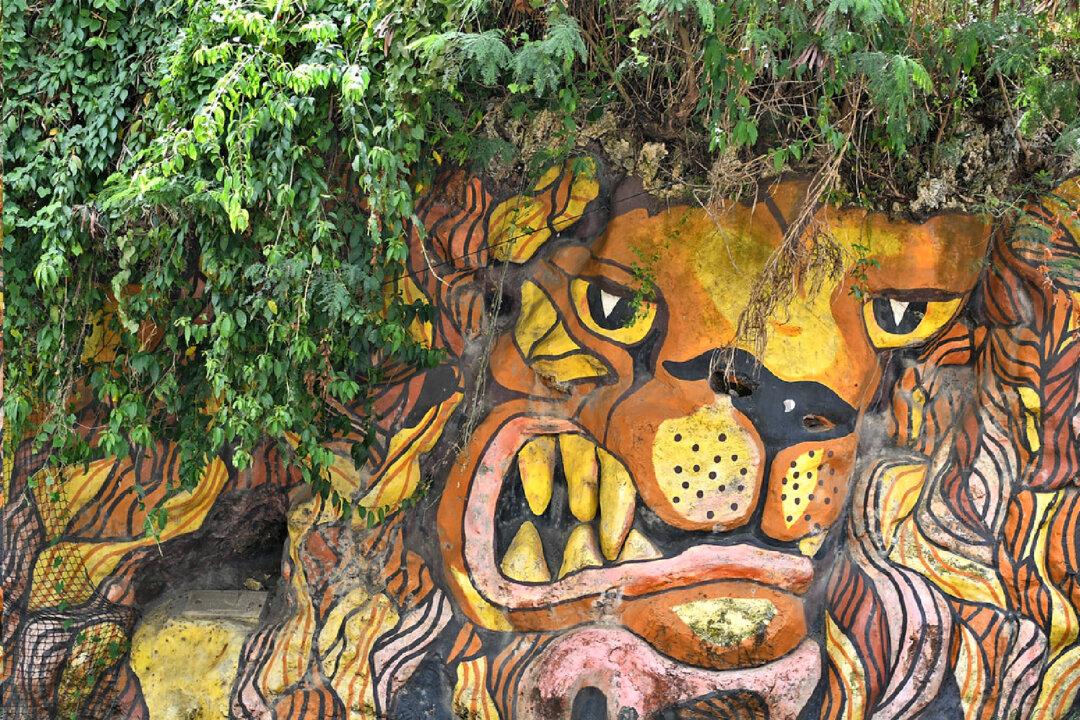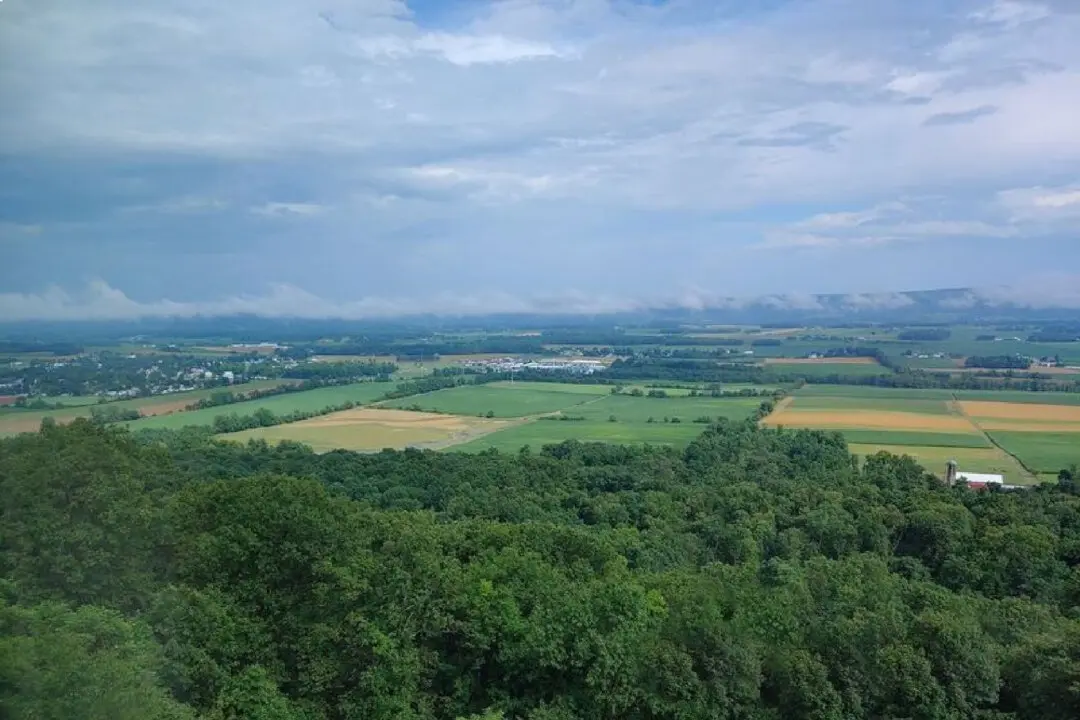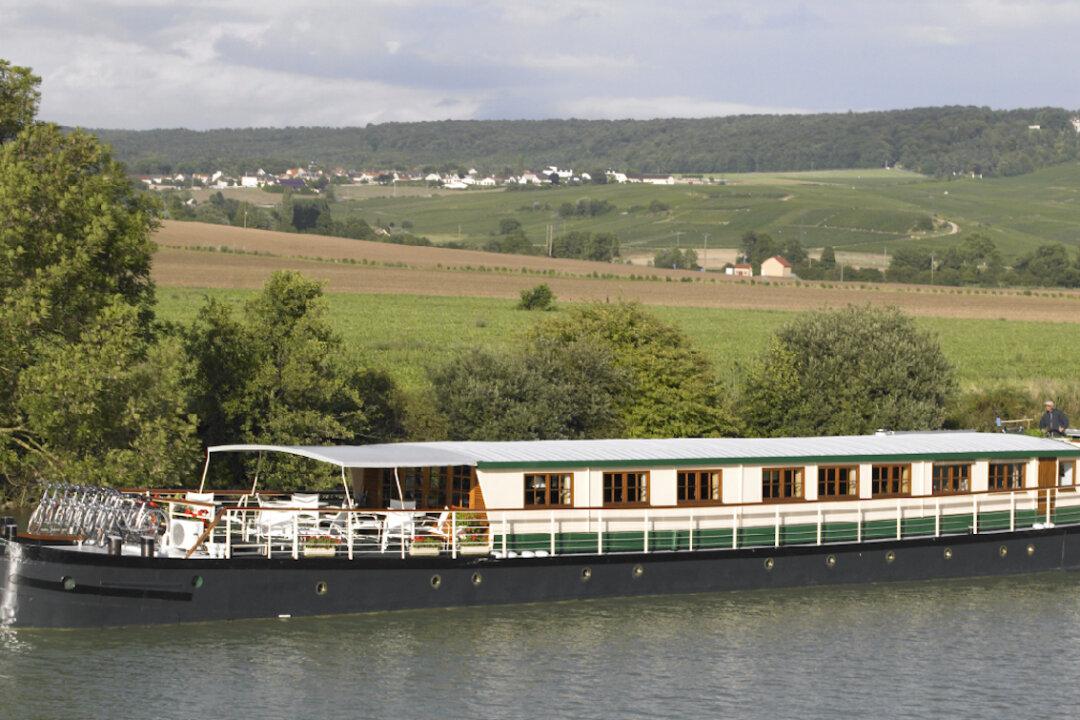Most travelers know that the Caribbean islands are well-versed in rum, but Barbados goes one better because that’s where rum was discovered. One day early in the 17th century, a tavern owner in Bridgetown was searching for an empty shipping barrel when he inadvertently stumbled across one filled with sugar cane that had fermented over time.
Mr. Rumball—the tavern owner—knew a good thing when he tasted it, and soon, the Caribbean’s signature beverage was being served and sold all over the island and beyond.





